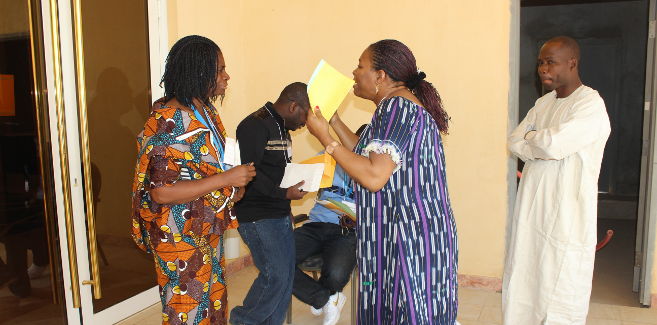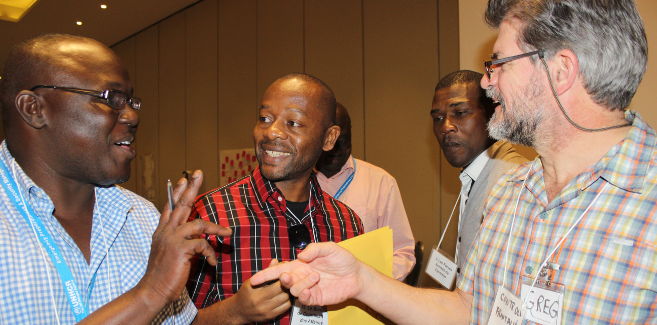United Nations High Commissioner for Refugees (UNHCR) Feb 2016

InterWorks conducted a Situational Emergency Training (SET) workshop from 2 – 5 February 2016 in N’Djamena, Chad for thirty-three participants responsible for addressing the various needs of refugees and other persons of concern in Chad. These participants represented the hosting agency UNHCR, as well as the Government of Chad’s Commission Nationale d’Accueil, de Réinsertion des Réfugiés et des Rapatriés (CNARR), NGOs, other UN agencies and implementing partners. The workshop was funded by UNHCR with funding from the United Kingdom’s Department for International Development (DFID).
The UNHCR Chad Office identified a need for the national authorities, other emergency organizations and their own staff to have a better understanding of international standards for assistance and protection in emergencies given a potential influx of refugees from Nigeria seeking refuge from the scourge of Boko Haram. UNHCR Chad requested the assistance of the UNHCR Global Learning Centre (GLC) and InterWorks to develop a Situational Emergency Training (SET) specifically to provide instruction and guidance in contingency planning for emergency response to government agencies and partners. The workshop covered the basics of international humanitarian response as well as aspects of the various technical sectors, e.g., WASH, food and nutrition, health and shelter.
This Workshop was highly practical and participatory, demonstrating the importance of contingency planning, various models of emergency preparedness (including the IASC and UNHCR models and how to avoid typical pitfalls in the contingency planning process). It was designed to introduce the following aspects:
- Illustrate best practices in contingency planning for humanitarian emergencies, drawing upon UNHCR and partner experiences from the field, in addition to Inter- Agency Standing Committee (IASC) guidance;
- Show the importance of linking planning with international standards in sectoral response (food, water, sanitation, health, shelter, etc);
- Demonstrate through practical exercises what is meant by scenario-based contingency planning;
- Introduce practical tools, e.g. the Risk Analysis Matrix, to assess the risk of possible emergency scenarios and to prioritize planning for various emergency situations.
- Share tools and techniques to assess organizational capacities and resources in relation to humanitarian needs, identify gaps and then determine who will do what in an actual emergency.
Tres bien fait! A lot of this was new to me so it was very informative and interesting. Thank you!
– Workshop participant


